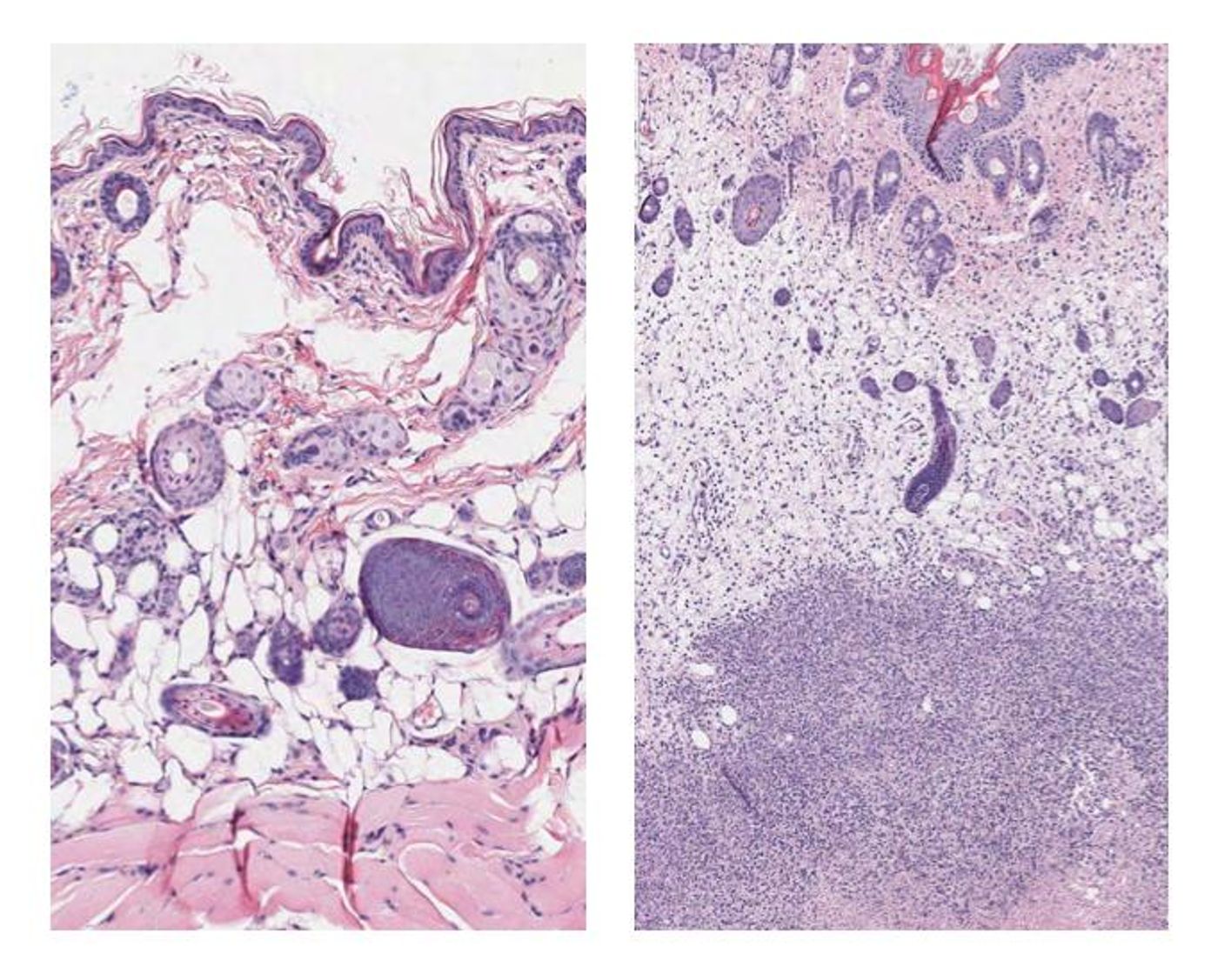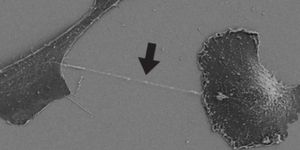Two Genes Linked to Deadly Form of Bacterial Infection
The group A Streptococcus pathogen can cause a range of illnesses, from a relatively minor case of strep throat to life-threatening problems like pneumonia, toxic shock syndrome or even flesh-eating disease, known as necrotizing fasciitis. The worst infections happen after bacteria get under the skin or the surface of the throat and invade the soft tissue beneath it. It has been estimated that every year, half a million deaths worldwide are due to group A Streptococcus.
"In 24 to 48 hours, you can go from being healthy to having a limb amputated to save your life," said Kevin McIver, Professor of Cell Biology and Molecular Genetics at the University of Maryland, College Park. "And we don't really know why or how the bacteria do that." New work by McIver and others, published in the journal PLOS Pathogens, has identified genes that help these infections spread.
In this work, the researchers found two genes in mice that are important for invasive group A Streptococcus infections. The genes are called subcutaneous fitness genes A (scfA) and B (scfB), and may be promising targets in the development of treatment or prevention strategies for these infections. Currently, there aren’t any vaccines for group A Streptococcus, and there are no effective treatment options for invasive infections.
Led by first author Yoann Le Breton, a research assistant professor in McIver's group, scfA and scfB were discovered after transposon sequencing was done on the whole group A Streptococcus genome. Sometimes called jumping genes, transposons are short pieces of DNA that can physically move in a genome, causing mutations as they transpose into genes. When such a mutation causes some observable effect, the mutated gene can be identified by locating the transposon, sequencing the DNA around it and mapping its location.
"Invasion under the skin, or subcutaneously, is not the norm for group A Streptococcus bacteria; it's actually very rare," explained McIver. "We hypothesized that there must be genes in the bacteria important for invading soft tissues and surviving under the skin. And we tested that theory by using transposons to make thousands of different individual mutants that we used to infect a subcutaneous environment in mice."
After 273 candidate genes were suggested to potentially influence infection under the skin, two stood out in particular: scfA and scfB. The sequences suggested that these genes encode for bacterial membrane proteins. Since bacterial pathogens often release toxins through their membrane as they attack hosts, it’s a good location for proteins that play a role in infection. Additional work demonstrated that without scfA or scfB, bacteria have trouble spreading from underneath skin to the blood and other organs. As such, these two genes are very likely to be involved in the bacterial invasion process and make good therapeutic targets.
"The next steps will be to expand the study to include multiple animal models, and these experiments are already underway," said co-author Mark Shirtliff, a Professor in the Department of Microbiology and Immunology at the University of Maryland School of Medicine. "We can also begin to formulate improved therapies and vaccines against group A streptococcus infections and their complications such as rheumatic heart disease, pneumonia and necrotizing fasciitis."
"Transposon sequencing can be used to probe how bacteria infect humans in any environment you can think of," McIver added. "Like group A Streptococcus, many pathogenic bacteria have completely sequenced genomes, but we don't know what most of the genes are doing. We're excited to have a method to interrogate all that unknown genetic material to better understand human infections."
The video below has more information about group A Streptococcus.
Sources: AAAS/Eurkealert! Via University of Maryland, PLOS Pathogens










